Disclosure: This article contains affiliate links. We may earn a commission from purchases at no extra cost to you, which helps our travel content.
The limestone karsts of Palawan rose like ancient sentinels from the turquoise water as my bangka boat approached Port Barton. After years documenting environmental litigation cases back in Texas, I was finally witnessing firsthand the marine ecosystems I'd only read about in conservation reports. But this wouldn't be another Instagram-perfect vacation of resort hopping and guided tours. My mission: two weeks living like a local in Palawan, connecting with grassroots conservation efforts and finding the authentic heart of this island paradise that most tourists never see.
Skip El Nido's Crowds: The Port Barton Alternative
Don't get me wrong—El Nido's beauty is legitimate, but the hordes of tourists taking identical selfies? Not exactly my scene. After witnessing the environmental impact cases of overtourism back in the courtroom, I opted instead for Port Barton, Palawan's laid-back cousin with equally stunning scenery but a fraction of the crowds.
This former fishing village has just enough infrastructure for comfort without sacrificing authenticity. Electricity still runs on generators in parts of town (usually 6pm-midnight), which creates a magical atmosphere as the beachfront comes alive with candles and string lights after sunset. The internet connectivity is spotty at best—perfect for a digital detox that lets you truly connect with the surroundings.
I spent my first three days at Elsa's Place, a family-run guesthouse where Elsa herself taught me to make traditional Filipino adobo in her outdoor kitchen. The simple bamboo huts with mosquito nets reminded me of wilderness camping along the Rio Grande, but with the bonus of Filipino hospitality and home-cooked meals for under $15 a night.

💡 Pro Tips
- Book accommodations directly through Facebook Messenger rather than booking sites for better rates
- Bring a headlamp for navigating during power outages
- Ask locals about the 'German Bakery' for fresh bread and the best coffee in town
Conservation Kayaking: Paddling with Purpose
Growing up kayaking the Rio Grande, I've always believed that seeing a place from water level gives you an entirely different perspective. In Palawan, this couldn't be more true. Rather than joining the standard island-hopping tours, I connected with the Palawan Conservation Corps in Puerto Princesa who set me up with a three-day kayaking expedition along the coast with a local guide named Jun.
We paddled my inflatable kayak (which packs down small enough to check as luggage) through hidden lagoons and mangrove channels that larger boats can't access. Jun pointed out rare birds and explained how the mangrove ecosystems serve as natural barriers against typhoons and crucial nurseries for marine life.
The highlight was participating in a seagrass monitoring project, where we used a simple underwater viewer to document seagrass health and marine life. These observations get logged into a citizen science database that helps local conservation groups track ecosystem changes over time. It's conservation work disguised as an adventure—my favorite kind of travel.
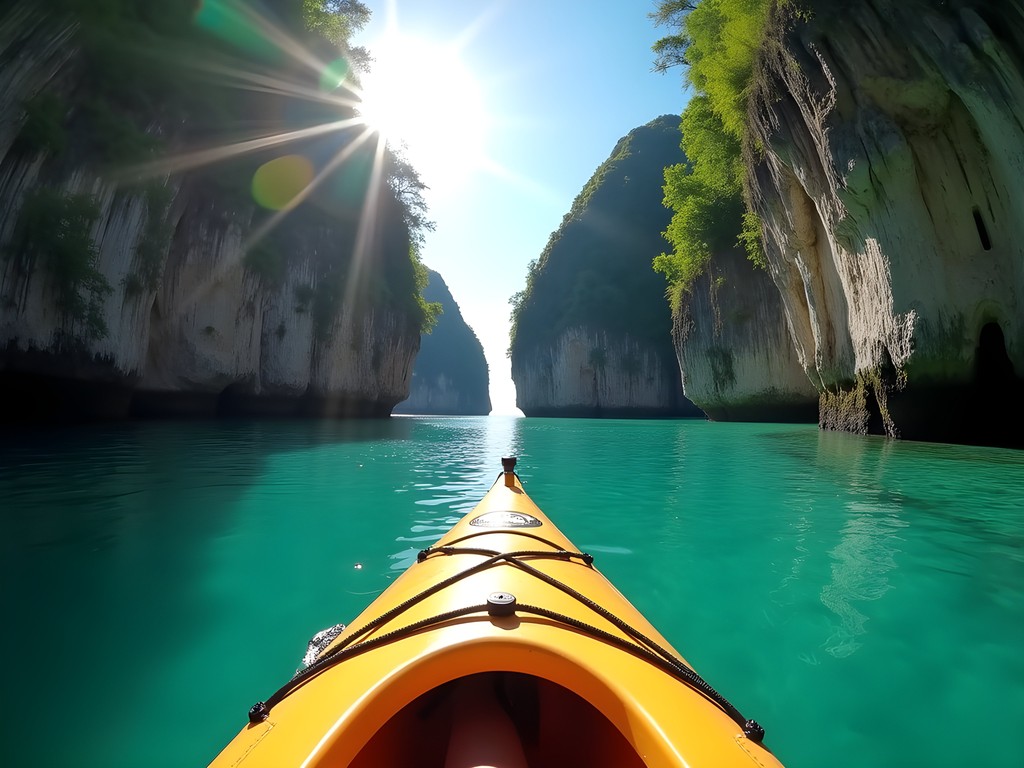
💡 Pro Tips
- Contact the Palawan Conservation Corps a month in advance to arrange volunteer opportunities
- Bring reef-safe sunscreen as regular sunscreen is devastating to coral
- Pack a dry bag for electronics—afternoon rain showers are common even in the dry season
Homestay Immersion: The Real Filipino Experience
Court reporting taught me that to truly understand a situation, you need to hear from all parties involved. The same applies to travel—to understand a place, you need to live with locals. In the fishing village of San Rafael, about an hour south of Puerto Princesa, I arranged a homestay through the Palawan Community Tourism Network.
For five days, I lived with the Mendoza family in their modest concrete home with chickens in the yard and grandparents next door. We communicated through a mix of broken English, my worse Tagalog, and universal hand gestures. Each morning, I joined Mr. Mendoza on his small fishing boat, learning to cast nets and set traps using techniques passed down through generations.
In the afternoons, I helped their teenage daughter with English homework while Mrs. Mendoza prepared incredible meals using the morning's catch. I brought along a water filter which proved essential as the village's water supply isn't treated. The family was fascinated by it, and I ended up leaving it with them as a parting gift.
Evenings were spent on plastic chairs in front of their home, where neighbors would gather to share stories and occasionally break out a karaoke machine powered by a small generator. Fair warning: you will be expected to sing, regardless of your talent level!

💡 Pro Tips
- Bring small gifts for your host family—school supplies for children or coffee/chocolates are appreciated
- Learn basic Tagalog phrases before arriving
- Offer to contribute to meals by purchasing groceries rather than giving money directly
Underground River Alternative: The Batak Tribe Trek
While tourists line up for the famous Underground River tour, I connected with a guide from the indigenous Batak tribe for a two-day trek into the mountainous interior of Palawan. The Batak are one of the oldest indigenous groups in the Philippines, with fewer than 300 members remaining.
My guide, Ruel, led me through dense jungle to visit a small Batak settlement where we were welcomed with traditional music played on instruments made from bamboo and animal hide. The trek was challenging—I was grateful for my trekking sandals which handled the river crossings and muddy terrain better than any hiking boots would have.
During our overnight stay, I learned about the Batak's sustainable forest management practices and their ongoing struggle to maintain their ancestral lands against encroaching development. They showed me how they harvest honey from wild bees and collect medicinal plants—knowledge that's increasingly at risk of being lost as younger generations move to cities.
Before leaving, I used my solar charger to power up the community's few mobile phones—a small gesture that was received with enormous gratitude. The intersection of ancient traditions and modern necessities was a poignant reminder of how indigenous communities adapt while fighting to preserve their cultural heritage.
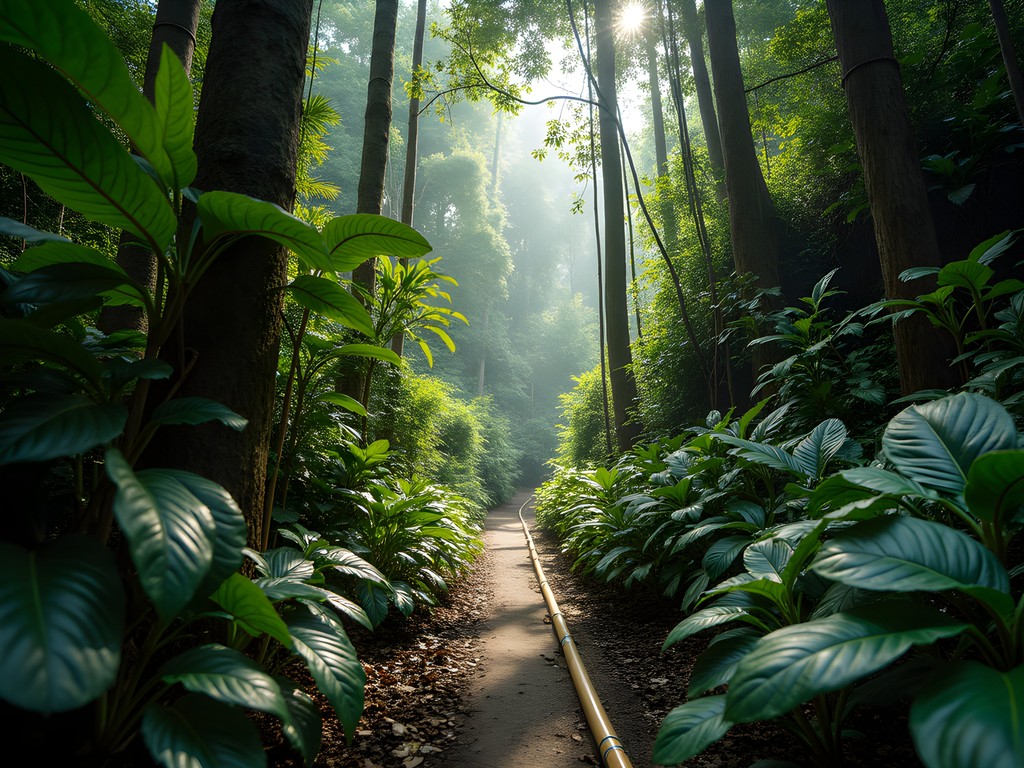
💡 Pro Tips
- Arrange indigenous community visits through legitimate cultural organizations, not tour companies
- Respect photography restrictions in indigenous communities—always ask before taking photos
- Pack lightweight long sleeves and pants despite the heat—they protect against insects and sun while showing respect in conservative communities
Sustainable Seafood: The Fisherman's Market Hack
After witnessing countless environmental litigation cases involving commercial fishing, I was determined to support sustainable seafood practices in Palawan. The secret? Skip the tourist restaurants and head to the fishermen's markets at dawn.
In Puerto Princesa, I dragged myself out of bed at 4:30 AM to visit the Bancao-Bancao fish landing where fishermen sell their night's catch directly to locals. Armed with my insulated food container and a few phrases of Tagalog, I joined the locals in selecting the freshest catch.
The real hack came when I asked one of the fishermen's wives if she would cook my seafood for me. For a small fee (about $2), she prepared an incredible meal of grilled fish, crab, and squid with garlic rice and vinegar dipping sauce using nothing but a charcoal stove and decades of culinary expertise.
This became my morning ritual—buying sustainable seafood directly from small-scale fishermen and having it prepared by local cooks. Not only was it significantly cheaper than restaurants (about $5 for a feast), but I was supporting traditional fishing practices that don't deplete marine resources. Plus, the conversations around these impromptu breakfast tables gave me insights into local life that no guidebook could provide.
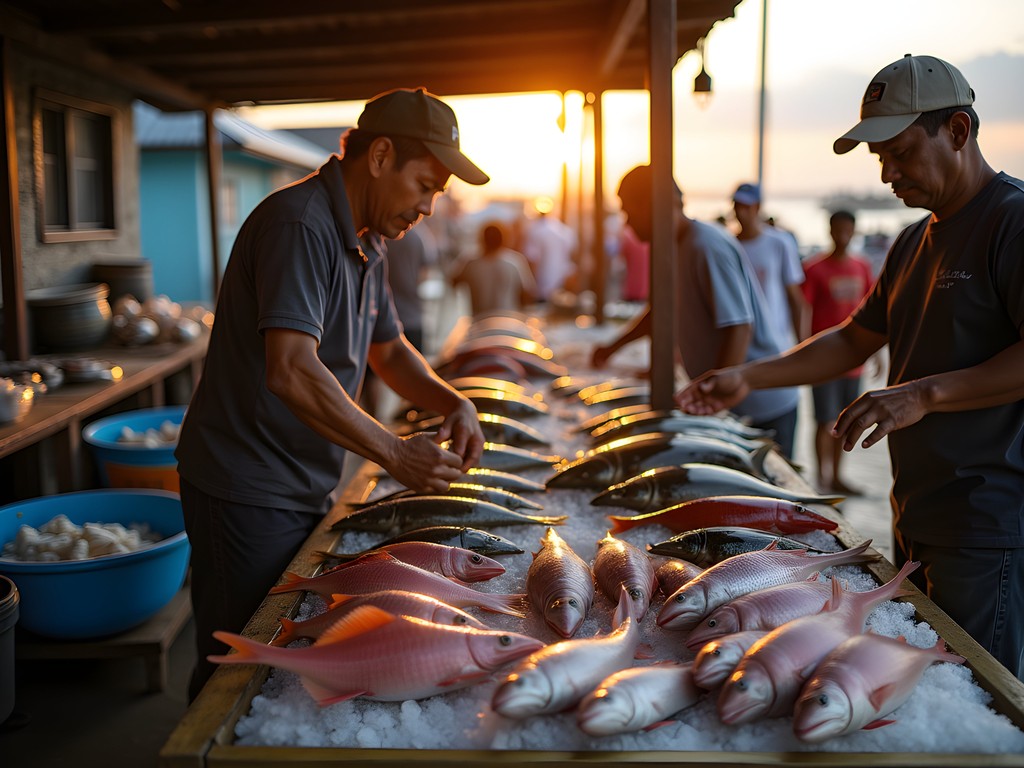
💡 Pro Tips
- Learn the Tagalog words for common seafood items before visiting the market
- Bring small bills and coins as fishermen rarely have change
- Ask about 'blue-listed' sustainable seafood options specific to Palawan
Final Thoughts
As my bangka boat pulled away from Port Barton on my final morning, I reflected on how different this Palawan experience was from the Instagram highlight reel most visitors create. By slowing down and seeking connections with local communities, I discovered an island fighting to balance tourism development with environmental preservation and cultural heritage.
The real Palawan isn't found in luxury resorts or on island-hopping tours—it's in the predawn fish markets, the jungle treks to indigenous settlements, and the simple bamboo homes where families welcome strangers with open arms. These authentic experiences not only created more meaningful memories but also directed my tourist dollars to the people and practices that truly preserve what makes this island special.
As I return to the courtrooms of Winnipeg, I carry with me not just photographs but a deeper understanding of the environmental challenges facing places like Palawan—knowledge that will inform my work in ways that textbooks never could. If you're willing to trade comfort for connection and postcard views for personal growth, the real Palawan awaits beyond the tourist traps. Pack light, stay curious, and paddle your own path.
✨ Key Takeaways
- Skip overtouristed El Nido for authentic experiences in Port Barton and smaller villages
- Connect with local conservation groups for meaningful activities that support environmental protection
- Homestays provide cultural immersion while directing money to local families
- Indigenous community visits must be arranged through legitimate cultural organizations, not tour companies
- Dawn fish markets offer sustainable seafood and authentic cooking experiences at a fraction of restaurant prices
📋 Practical Information
Best Time to Visit
October-April (dry season), with November-February being optimal
Budget Estimate
$30-50 per day including accommodations, food, and activities
Recommended Duration
Minimum 10 days, ideally 2 weeks
Difficulty Level
Intermediate



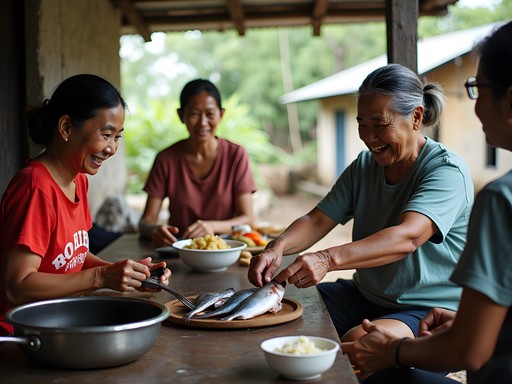
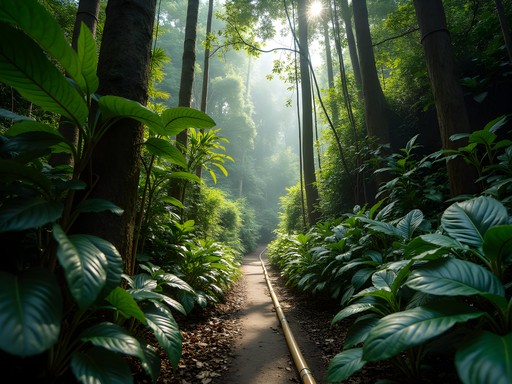
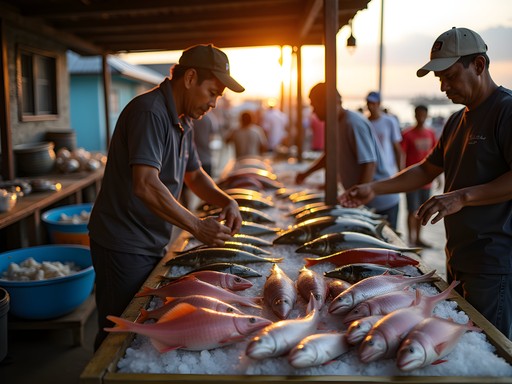




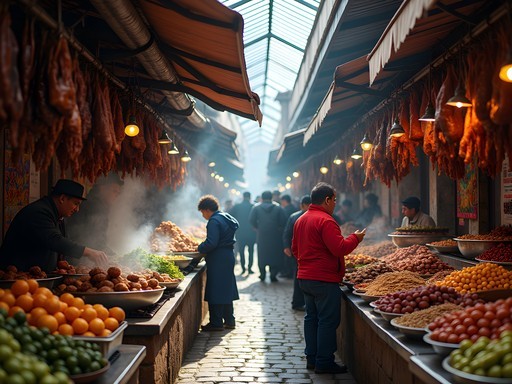



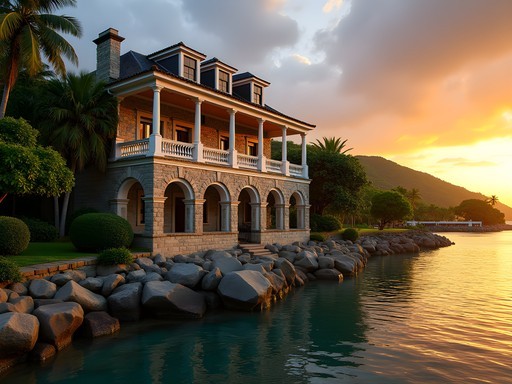

Comments
adventureway
Thanks for the honest post! Skipping El Nido and heading straight to Port Barton next month.
explorenomad
Just got back from Palawan and followed your Port Barton advice - THANK YOU! It was exactly the authentic experience we wanted. The conservation kayaking was incredible - we spotted three sea turtles and our guide was so knowledgeable about the marine ecosystem. We also stayed at a homestay in San Rafael where the family taught us how to climb coconut trees (I failed miserably but my partner got it!). The food was the highlight - fresh seafood every day and the most amazing banana-cue for breakfast. 100% agree this is way better than the Instagram hotspots!
springlegend781
How's the wifi in Port Barton? Need to work remotely while there.
vacationninja
It's pretty spotty. Some cafes have decent connections but don't count on it being reliable. Good excuse to disconnect!
happyperson
Those limestone karsts are stunning! Adding Palawan to my bucket list.
Fatima Sims
This post brought back so many memories! I did the Batak Tribe trek last year and it was life-changing. Our guide, Kuya Mario, shared stories about their traditional medicinal plants and how climate change is affecting their ancestral lands. It was humbling and eye-opening. One tip I'd add: bring extra school supplies to donate to the Batak children - notebooks, pencils, etc. They have limited access to education resources. Also, the trek can get muddy during rainy season, so proper footwear is essential. Christopher, did you try the honey they harvest? It's incredible!
moonlegend
Great post! I'm planning my first Philippines trip for January. Is Port Barton accessible by public transport? I'm traveling solo and on a budget. Also wondering if the Conservation Kayaking tours need to be booked in advance or can I just show up?
Fatima Sims
Not the author but I was just there! Yes to public transport - take a van from Puerto Princesa to Port Barton (about 3-4 hours). They leave throughout the day from the San Jose Terminal. For the kayaking, I recommend booking 1-2 days in advance through your accommodation. Bring a dry bag for your phone and camera!
moonlegend
Thanks Fatima! That's super helpful. Will definitely look into the van option.
Douglas Bradley
Christopher, this is exactly the kind of nuanced local perspective that's missing from most Palawan coverage. I spent three weeks there last year and completely agree about Port Barton - it has that laid-back vibe El Nido had a decade ago. The homestay recommendation is spot on too. I stayed with a family in Sabang who took me fishing and taught me to prepare kinilaw (Filipino ceviche). Those experiences create much deeper connections than any luxury resort could. Did you happen to visit any of the less-traveled islands in the Bacuit Archipelago?
adventureway
Douglas, which homestay in Sabang did you use? Heading there in November!
Douglas Bradley
I stayed with the Mendoza family - no website, just ask around when you get to Sabang. They're near the mangrove forest entrance. Tell them Douglas from Canada sent you!
vacationninja
Port Barton is such a hidden gem! Way better than crowded El Nido.
Claire Hawkins
This brings back so many memories! We took our kids (7 and 9) to Palawan last year and also opted for Port Barton over El Nido. Best decision ever! The kids still talk about helping our host family collect mangoes from their backyard trees and learning to play traditional Filipino games with the local children. We also did the conservation kayaking you mentioned - my husband actually spotted a rare hawksbill turtle! One tip for families considering this route: bring basic medicines and first aid supplies. The local pharmacy has limited stock. Port Barton's slower pace was perfect for our family - no WiFi meant actual conversations and card games by lamplight. Thanks for highlighting these authentic experiences!
sunnymood
This sounds amazing with kids! Was it easy to find activities that kept them engaged without typical tourist attractions?
Claire Hawkins
Absolutely! The natural environment was the entertainment - building sandcastles, snorkeling in shallow areas, helping locals with fishing nets. They were never bored and learned so much more than they would have at a resort.
tripzone
How did you get from Puerto Princesa to Port Barton? Is there reliable public transportation or did you hire a private driver?
globehero
Not the author, but when I went last year there were shared vans that left from Puerto Princesa to Port Barton a few times daily. Bumpy ride but cheap! Around 500 pesos if I remember correctly.
tripzone
Perfect, thanks for the info! Did you feel like you needed a dry bag for the boat trips? Wondering what gear is essential.
Venture X
Premium card with 2X miles, $300 travel credit, Priority Pass